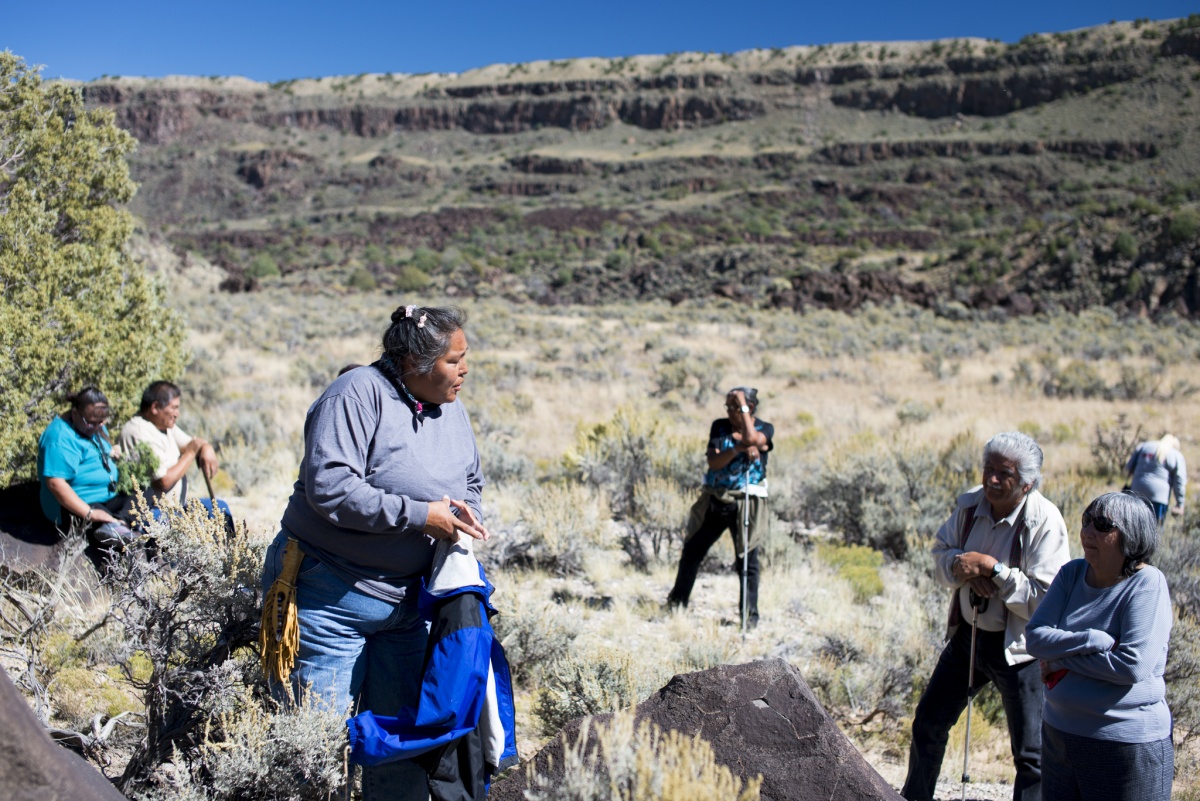Tribal Consultation
Federally recognized Indian tribes are sovereign nations exercising government-to-government relations with the United States. Where the public lands are concerned, these relations usually take the form of legally required consultation, and in most day-to-day consultations with tribes, the BLM field office manager serves as the official representative of the United States.
For the BLM, the essential reason for Native American consultation is to identify the cultural values, religious beliefs, traditional practices and legal rights of Native American people, which could be affected by BLM actions on public lands.
Tribal consultation regarding public-land activities has 4 essential elements:
- Identifying appropriate tribal governing bodies and individuals from whom to seek input.
- Talking with appropriate tribal officials and/or individuals and asking for their views regarding land use proposals or other pending BLM actions that might affect traditional tribal activities, practices, or beliefs relating to particular locations on public lands.
- Treating tribal information as a necessary factor in defining the range of acceptable public-land management options.
- Creating and maintaining a permanent record to show how tribal information was obtained and used in the BLM's decision making process.

